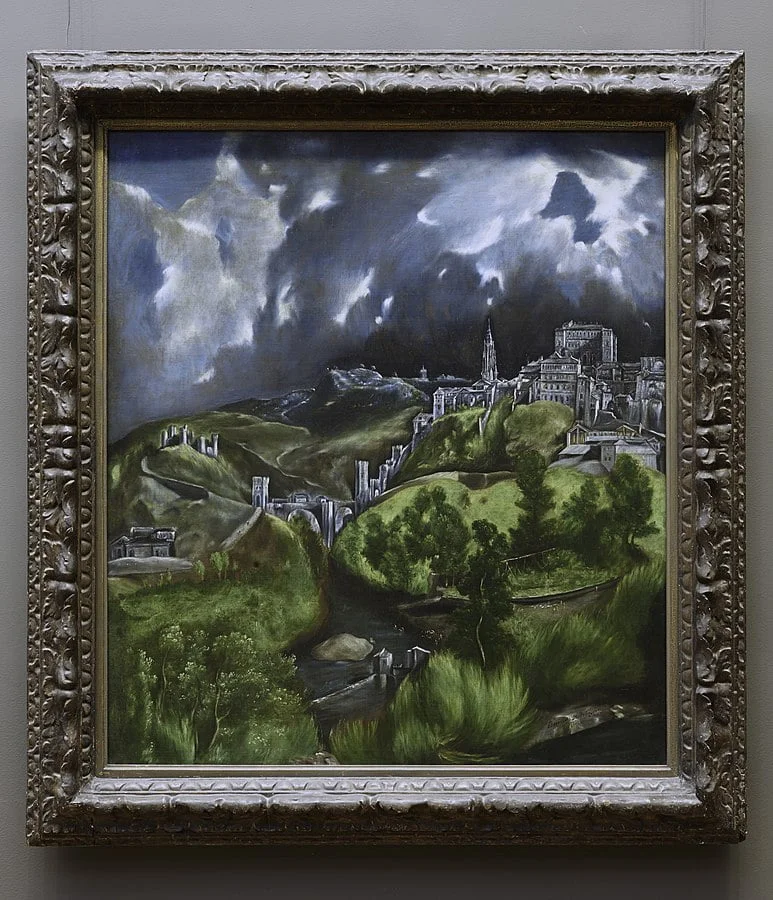This highly influential and fascinating Mannerist Artist only has 2 surviving landscapes in his oeuvre, and both depict the city that he used to live and work in.
In this post, we’re going to take a closer look at a painting called “View of Toledo by El Greco,” a work that has been described as one of the ultimate masterpieces of this eccentric Greek-born artist of the Spanish Renaissance!
1. It’s still unsure when View of Toledo was painted
Doménikos Theotokópoulos (1541-1614), better known by his nickname “El Greco,” was an artist who was born on the Greek island of Crete in the 16th century. This island was part of the Republic of Venice back then, and the young artists first moved to Italy (Venice and Rome) before eventually settling in Spain.
Even though we know that he arrived in Toledo and permanently settled in this city in Spain during the late 1570s, it’s unclear when exactly he painted this landscape of Toledo.
Most historians agree, though, that it was painted anywhere between 1595 and 1600, probably just before the turn of the century.

2. It’s the smallest of El Greco’s two surviving landscapes
What’s certain is that his second surviving landscape painting called “View and Plan of Toledo” was painted in the year 1608. Even though the painting also features a dramatic sky, the dynamic of this painting is quite different.
This painting features;
- An allegory of the Tagus River.
- A scene of the Virgin Mary placing a chasuble on Saint Ildefonsus, who was the Bishop of Toledo in the 7th century.
- An elevation of the Tavera Hospital, a Renaissance-style building in Toledo, floating on a cloud.
- A trompe l’oeil map of the city’s streets.
This painting is on public display at the El Greco Museum in Toledo, Spain.

3. Landscapes were far from popular during this period
So why did the prolific artist only paint few landscapes in his entire career?

Spanish paintings during the Renaissance, Mannerist and Baroque periods hardly featured landscapes. One of the main reasons was the fact that the “Council of Trent” (1543-1565) had placed a ban on landscape paintings.
This council was held in the city of Trent in Northern Italy and was an attempt to eradicate the Protestant Reformation, a serious challenge for the Catholic Church which happened all across Europe during the 16th century.
Some historians claim, even though this can’t be confirmed, that View of Toledo by El Greco was the first landscape painting that was created after the Council of Trent, something that clearly emphasizes the eccentric nature of the artist.

4. The sky is one of the most famous in Western art
The painting is dominated by its remarkable sky. It features vibrant colors of black, white, blue, and green, and it’s considered to be one of the most famous depictions of the sky in Western Art.
It’s on the same level as “The Starry Night,” one of the masterpieces by Vincent van Gogh which he created from his asylum’s bedroom, and the landscape paintings of Romantic artist J.M.W. Turner and Impressionist artist Claude Monet.
The main difference is that View of Toledo was painted well over 2 centuries earlier. This is clear proof of how far ahead of his time El Greco really was and why he is considered an early pioneer of multiple art movements in the 19th and 20th centuries!
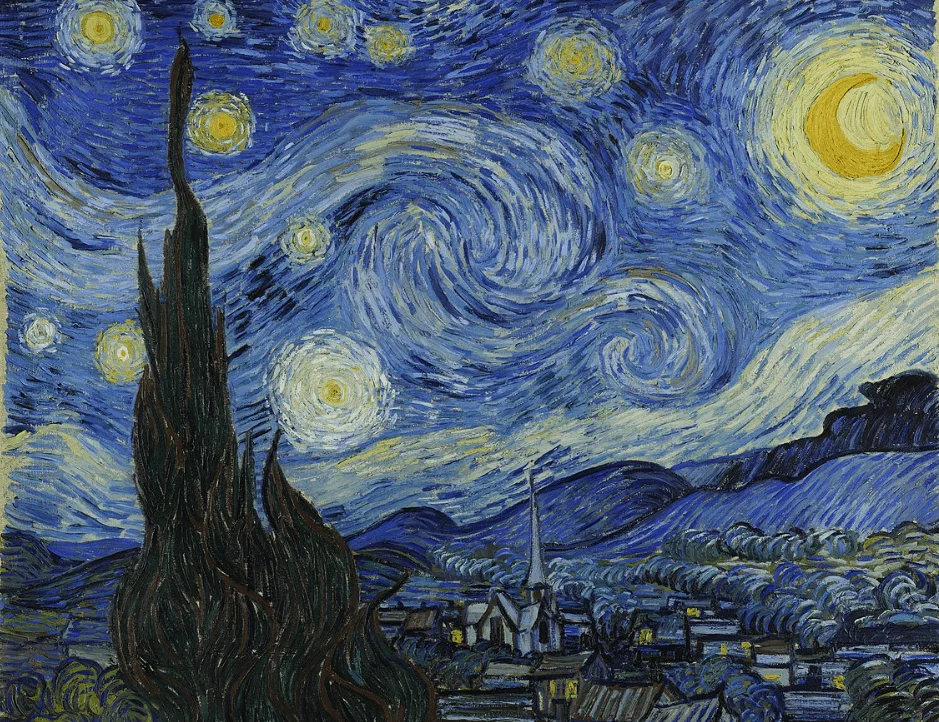
5. It wasn’t the only time that the artist used a similar background
One of the most fascinating facts about View of Toledo is that the artist used a dramatic background in another painting as well. This painting is called “Saint Joseph and the Christ Child” and was completed between 1597 and 1599.
Better yet, El Greco used the same technique to paint both backgrounds. This strengthens the theory that both paintings were created around the same time at the end of the 16th century.
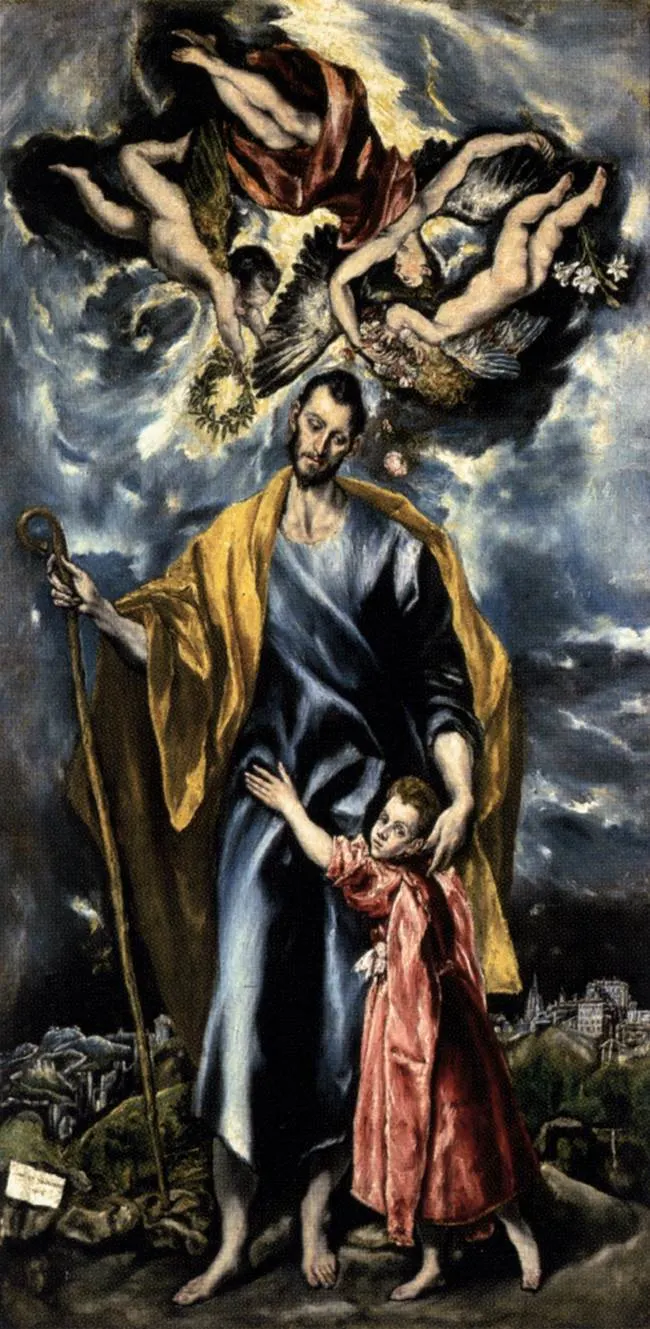
6. Most of the landmarks in Toledo aren’t accurately depicted
Perhaps the most intriguing fact about View Of Toledo by El Greco is that the landmarks which appear in the painting aren’t accurately depicted at all. He took a lot of liberties and it appears that he painted certain buildings with the idea of where he wanted them to be located, not where they really are.
This is emphasized by the fact that the city is also much higher on the hill than it really is, probably a symbolic notion of the greatness of Toledo.
The Cathedral of Toledo would have been blocked from this point of view if it were accurately depicted and actually behind the “Alcázar,” or “Royal Palace,” instead of to the left of it.
One of the few accurately depicted buildings is the Castle of San Servando on the left, a medieval castle that originally served as a monastery for monks and the Knights Templar, then a fortress, and now a youth hostel.
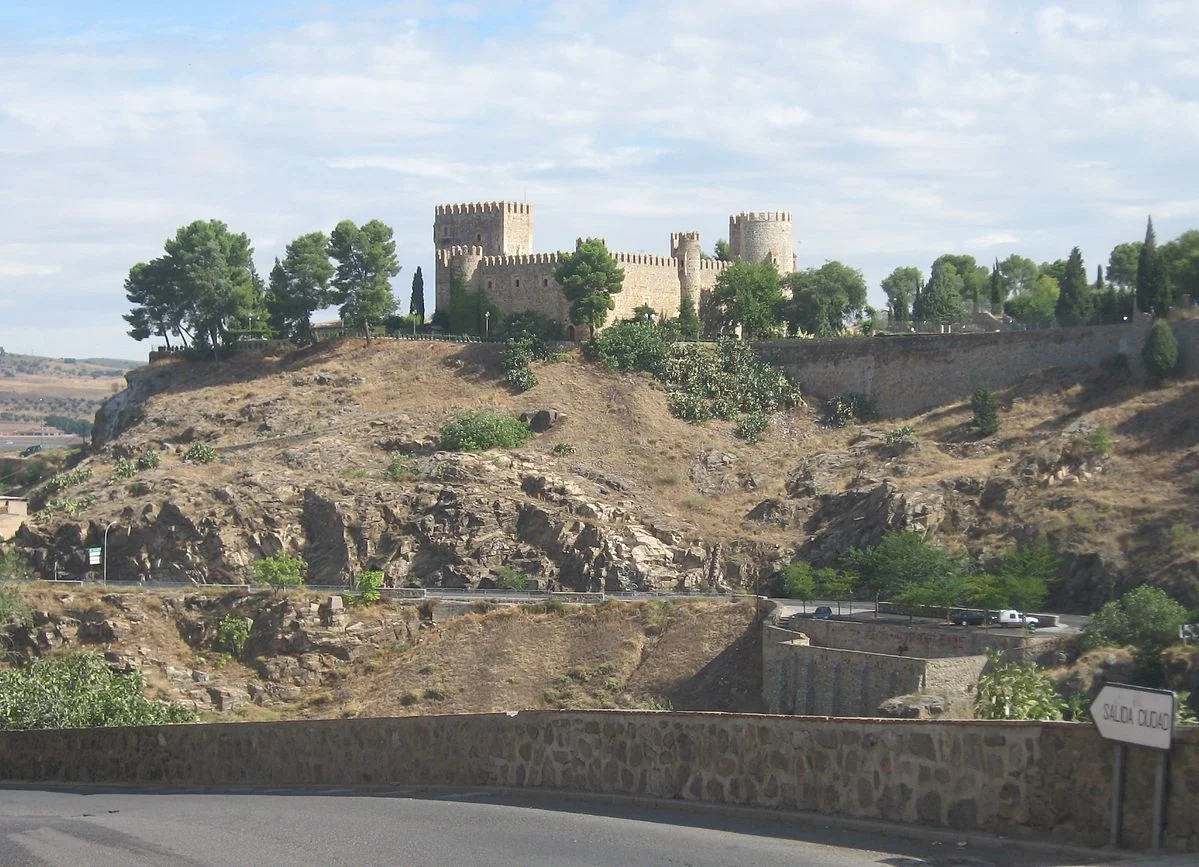
7. One depicted structure dates back to Roman times
One of the most remarkable structures in the painting is the Alcántara Bridge over the Tagus River, a structure originally built by the Romans when the town was still referred to as “Toletum.”
This bridge has been one of the most important structures in the city’s history. It suffered severe damage in the 10th and 13th centuries after which it was partially rebuilt.

8. His signature was added in the bottom right corner
Apart from the clear influence of his early years on the island of Crete, which was the center of Post-Byzantine art, he never lost touch with his Greek roots. This also means that he signed his art with Greek letters and always used his real name, “Doménikos Theotokópoulos.”
El Greco’s signature in View of Toledo can be found in the bottom right corner and is similar to that of just about all of his paintings.
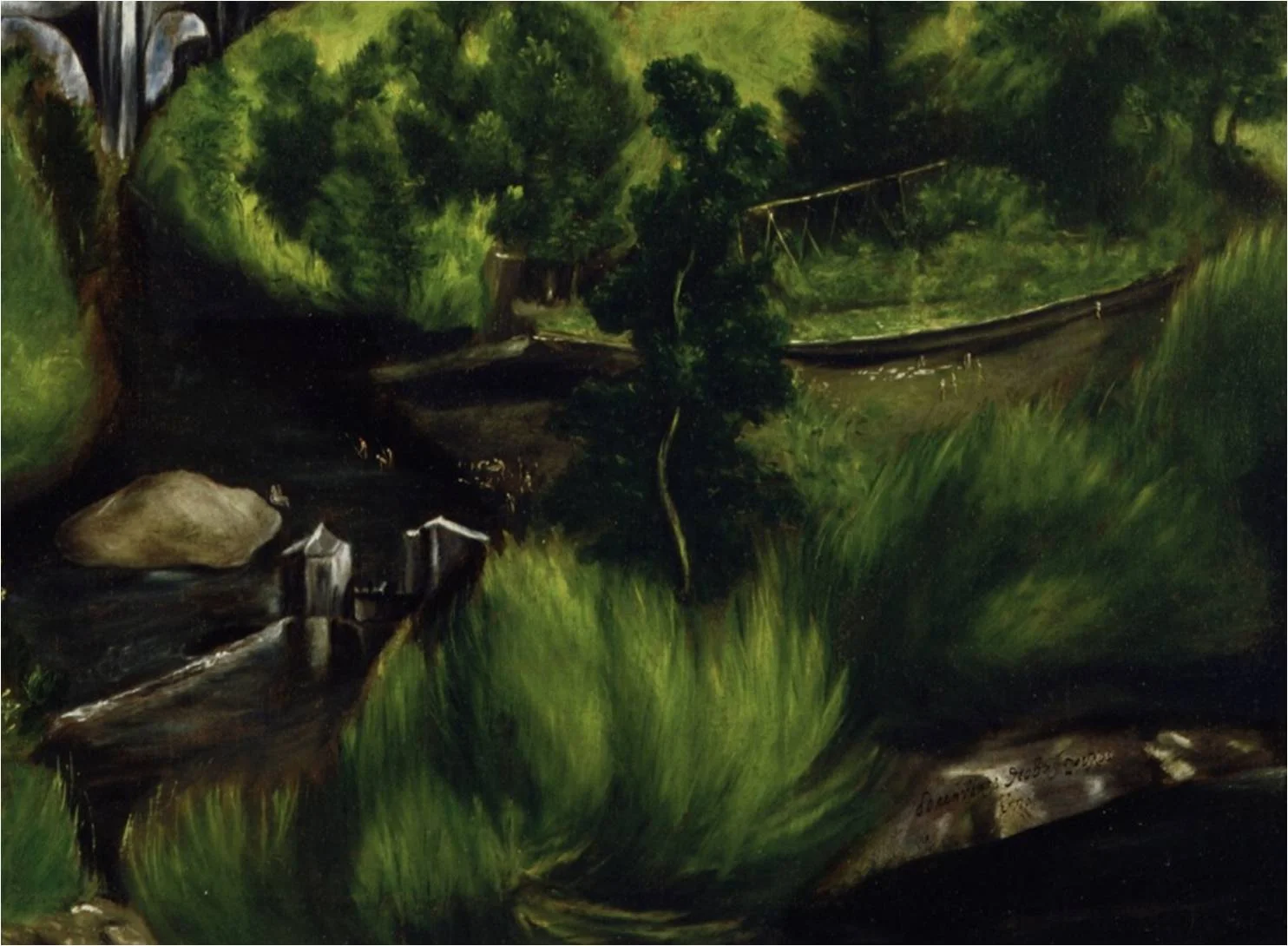
9. It was owned by a writer in Toledo in the year 1629
We don’t know when the painting was created exactly, and we don’t know who commissioned it. What we do know, however, is that View of Toledo was owned by a writer who lived in the city named Pedro Salazar de Mendoza.
In fact, both landscapes created by El Greco were listed on an inventory made of Salazar’s collection in 1629. This man, who was a fervent collector of maps and city views, didn’t own the painting after El Greco’s death.
View of Toledo was also still owned by El Greco’s only son Jorge Manuel in 1621.
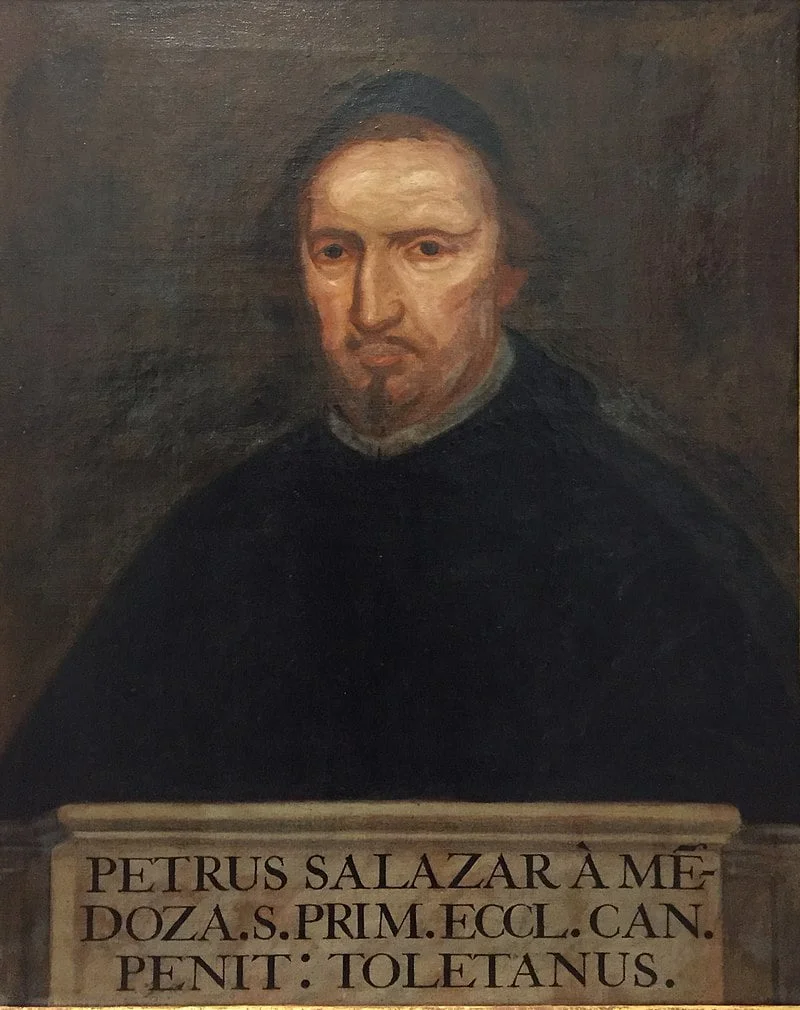
10. Where is View of Toledo located today?
In the early 20th century, the painting was in the hands of a French art dealer named Durand-Ruel. Philanthropist and art collector Louisine Havemeyer first laid eyes on it in the year 1901, and after the death of her husband, she acquired it in 1909.
With the help of her generous children, her entire collection of nearly 2000 works was bequeathed to the Metropolitan Museum of Art in New York City after her passing in 1929, and this is where it can still be admired today!
